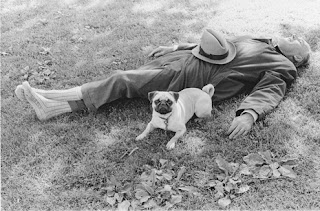I cannot wait to see the movie but will re-read the book first.
Note-This blogger got to experience a lot of the extremely wealthy side of life in New Haven, Connecticut USA. Our house had a full working bar with tables in the basement where my grandmother held parties during prohibition. There was a lot of drinking that I remember too even after WW2 when my mom, sis, dad and I all moved into 239 Everit. .
More Details-
The Great Gatsby is a novel by American author F. Scott Fitzgerald. The book was first published in
1925, and it republished in 1945 and 1953. There are two settings for the novel: on Long Island's North Shore, and in New York City. The book is set in 1922 from the spring to the autumn.
The Great Gatsby takes place during a prosperous time in American History. In 1922, America
has fully recovered from the First World War, and is enjoying prosperity during the Roaring
Twenties, when the economy soared and emotions ran high. Yet, at the same time, Prohibition,
the ban on the sale and manufacture of alcohol as mandated by the Eighteenth Amendment, was gaining traction.The ban on alcohol made millionaires out of bootleggers, who smuggled in the now-illegal substance.
That scenario is the backdrop for the novel, which contributed to its popularity.
The cover of The Great Gatsby is among the most celebrated pieces of jacket art in American literature. A little-known artist named Francis Cugat was commissioned to illustrate the book while Fitzgerald was in the midst of writing it. The cover was completed before the novel, with Fitzgerald so enamored of it that he told his publisher he had "written it into" the novel.
Fitzgerald's remarks about incorporating the painting into the novel led to the interpretation that
the eyes are reminiscent of those of Dr. T. J. Eckleburg (the novel's erstwhile optometrist on a
faded commercial billboard near George Wilson's auto repair shop) which Fitzgerald described as
"blue and gigantic — their retinas are one yard high. They look out of no face, but, instead, from
a pair of enormous yellow spectacles which pass over a non-existent nose."
Although this passage has some resemblance to the painting, a closer explanation can be found in the description of Daisy Buchanan as the "girl whose disembodied face floated along the dark cornices and blinding signs".Ernest Hemingway recorded in A Moveable Feast that when Fitzgerald lent him a copy of The Great Gatsby to read, he immediately disliked the cover, but "Scott told me not to be put off by it, that
it had to do with a billboard along a highway in Long Island that was important in the story. He
said he had liked the jacket and now he didn't like it."










No comments:
Post a Comment